Damn Yankees
Buy Damn Yankees Before its swift exit from the mainstream rock scene in 1991, “hair metal” had its last hurrah during the year 1990. Perhaps the apex of this final phase was the […]
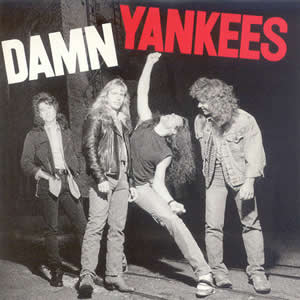
Buy Damn Yankees Before its swift exit from the mainstream rock scene in 1991, “hair metal” had its last hurrah during the year 1990. Perhaps the apex of this final phase was the […]
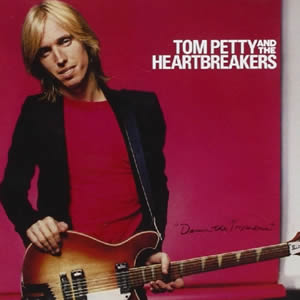
Buy Damn the Torpedoes The major label breakthrough by Tom Petty and the Heartbreakers, the 1979 release Damn the Torpedoes, scored both commercial success and critical acclaim. This was accomplished in spite of […]
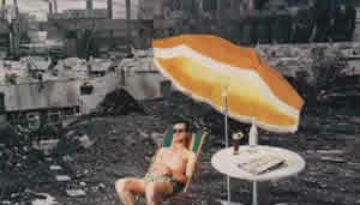
Buy Crisis? What Crisis? Crisis? What Crisis? is often overlooked in comparison to Supertramp‘s other albums from the mid to late seventies due to its relative lack of hit singles or classic rock […]
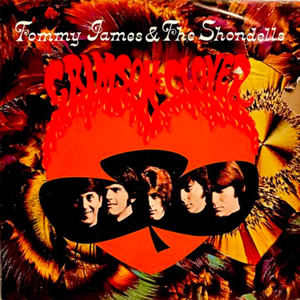
Buy Crimson and Clover Tommy James and the Shondells hit their creative and commercial climax in 1969 with their sixth studio album, Crimson and Clover. This album combines some heavy psychedelic elements with […]
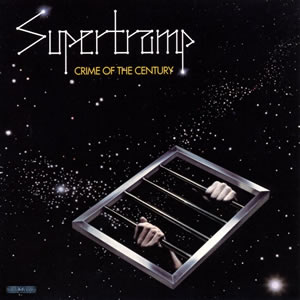
Buy Crime of the Century Crime of the Century was the album where it all came together for Supertramp, as they composed scores of tracks in order to find the best eight to […]
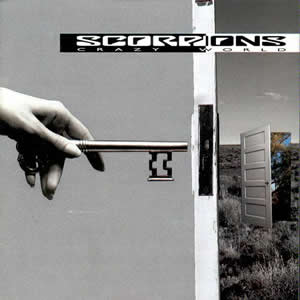
Buy Crazy World Driven by the popularity of a historically significant song, Crazy World was a commercial success in 1990 for Scorpions. The eleventh overall studio release by this rock band from Germany, […]
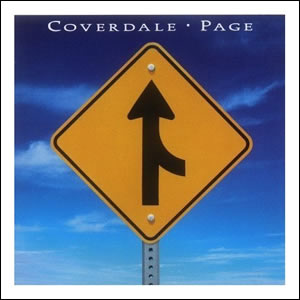
Buy Coverdale-Page Coverdale/Page was a collaboration featuring former Led Zeppelin guitarist Jimmy Page and former Whitesnake and former Deep Purple lead vocalist David Coverdale. The union of these two seemed like an odd […]
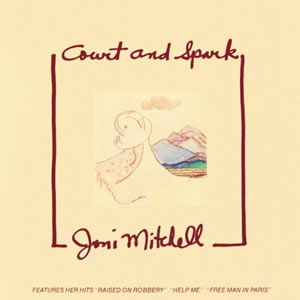
Buy Court and Spark Court and Spark is the sixth album by Joni Mitchell and the first where she moved towards pop and jazz elements to blend with her base folk compositions. The […]
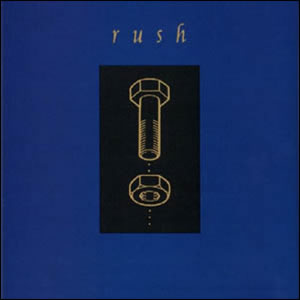
While there is a definite break from the pop-leaning, synth-fused sound that had defined the Rush sound since the mid-1980s, their evolution back towards rock was not quite complete on Counterparts. Some have […]
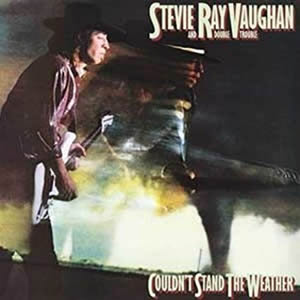
Buy Couldn’t Stand the Weather Couldn’t Stand the Weather is the critically acclaimed sophomore release by Stevie Ray Vaughan and Double Trouble. The album features an equal mix of original compositions and cover […]